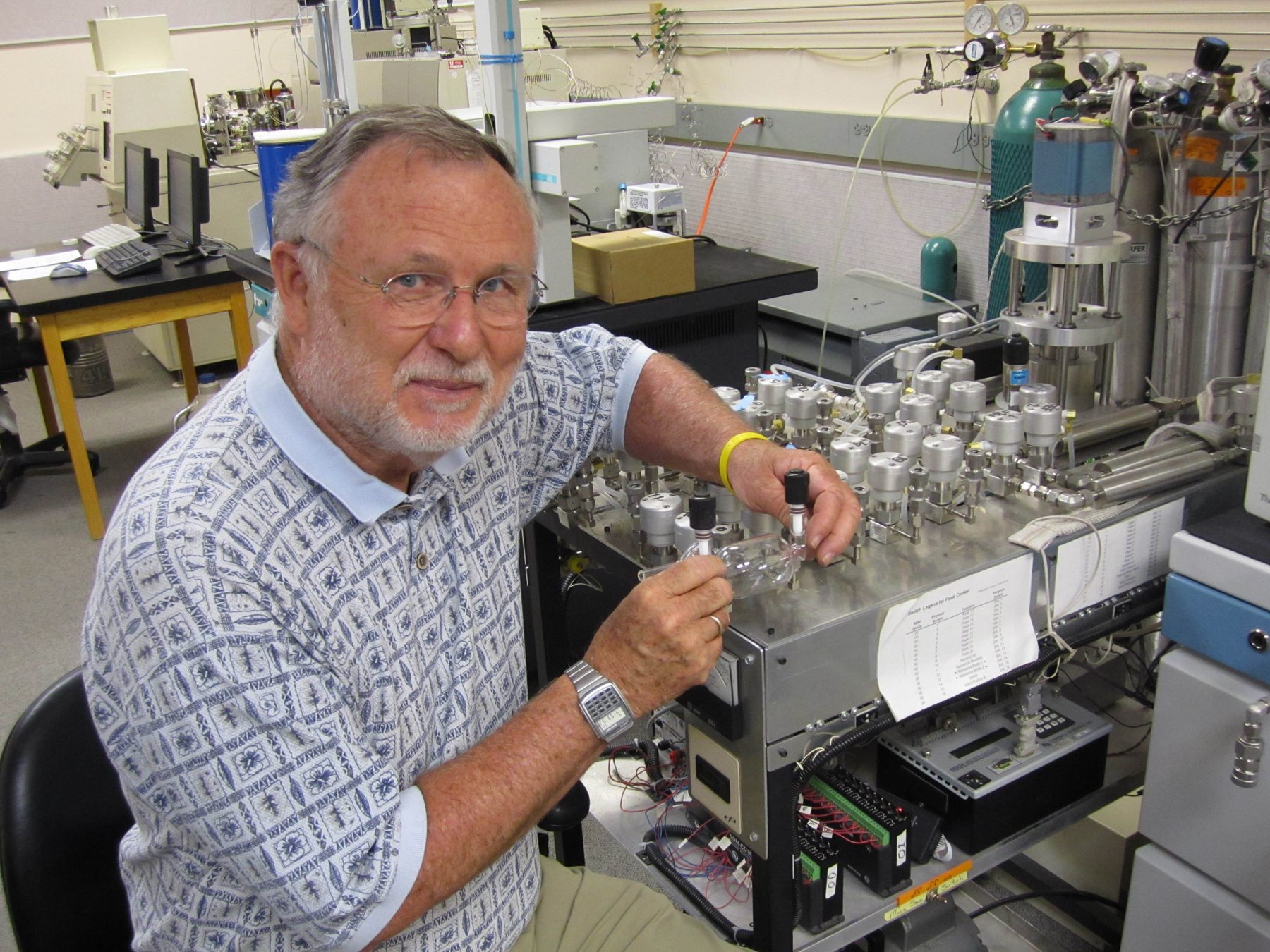
May 14, 2012 – If the world’s nations ever sign a treaty to limit emissions of climate-warming carbon dioxide gas, there may be a way to help verify compliance: a new method developed by scientists from the University of Utah and Harvard.
Using measurements from only three carbon-dioxide (CO2) monitoring stations in the Salt Lake Valley, the method could reliably detect changes in CO2 emissions of 15 percent or more, the researchers report in the online edition of the Proceedings of the National Academy of Sciences for the week of May 14, 2012.
The method is a proof-of-concept first step even though it is less precise than the 5 percent accuracy recommended by a National Academy of Sciences panel in 2010. The study’s authors say satellite monitoring of carbon dioxide levels ultimately may be more accurate than the ground-based method developed in the new study.
“The primary motivation for the study was to take high-quality data of atmospheric CO2 in an urban region and ask if you could predict the emissions patterns based on CO2 concentrations in the air,” says study coauthor Jim Ehleringer, a distinguished professor of biology at the University of Utah.
“The ultimate use is to verify CO2 emissions in the event that the world’s nations agree to a treaty to limit such emissions,” he says. “The idea is can you combine concentration information – CO2 in the air near the ground – and weather patterns, which is wind blowing, and mathematically determine emissions based on that information.”
Ehleringer did the study with four Massachusetts atmospheric scientists: Kathryn McKain and Steven Wofsy of Harvard University, and Thomas Nehrkorn and Janusz Eluszkiewicz of Atmospheric and Environmental Research, Inc.
While the method can detect changes of 15 percent or more in CO2 levels, determining absolute levels is tricky and depends on certain assumptions, but it can be done, Ehleringer says.
“The model [new method] predicts more CO2 emissions than we see,” based on a federal government survey that previously estimated carbon dioxide emissions based on interviews with gas- and coal-burning utilities and sellers of fuel and natural gas, he says. “That shouldn’t surprise you. People are underreporting.”
Estimating CO2 Emissions
Ehleringer began monitoring carbon dioxide levels in the Salt Lake Valley in 2002 as part of a National Science Foundation-funded study of the urban airshed. The monitoring network measures CO2 from six sites across the Salt Lake Valley and a seventh well above the valley at Snowbird.
“It is the most extensive publicly available and online data set of CO2 concentrations in an urban area in the world,” he says (co2.utah.edu).
The new study created a computer simulation of CO2 emissions in the Salt Lake Valley using three sources of information:
— CO2 measurements from three sites – the University of Utah, downtown Salt Lake City and Murray, Utah, about halfway south down the valley’s length.
— Data from weather stations in the valley, crunched through weather forecasting software used to predict wind and air circulation.
— Satellite data showing what parts of the valley are covered by homes, other buildings, trees, agriculture and so on.
The emissions estimates from the simulation were compared with the results of the government survey that estimates CO2 emissions.
“You come up with estimates for emissions that are within 15 percent or better of the actual emissions for the region,” Ehleringer says.
Even though that is not as precise as desired by the National Academy of Sciences, “it is a very powerful first step,” he adds. “However we would like to be within 5 percent for treaty verification purposes.”
Because urban regions are major sources of CO2, “a large fraction of a country’s emissions likely emanate from such regions, and results from several representative cities over time could provide strong tests of claimed emission reductions at national or regional scales,” the researchers write.
The simulation showed how ground-level CO2 concentrations increased overnight when air was calm, and then decreased in the morning as sunlight mixed the air and plants consumed CO2 due to photosynthesis. Sometimes the simulation failed to catch the exact time this mixing occurred.
That is part of the reason the researchers argue satellite measurements through a mile-thick vertical column of air may better estimate CO2 concentrations and thus emissions by being less sensitive to ground-level variations close and far from emissions sources like smokestacks or intersections with idling vehicles.
Several satellites around the world now make limited CO2 measurements. But the researchers write that “no presently planned satellite has the necessary orbit or targeting capability” for the desired urban CO2 measurements.
Several previous studies looked at CO2 levels in various cities, but none at the full urban scale or with accuracy near what is required for treaty verification, the researchers say. The only study that accurately measured an urban area’s CO2 emissions over time – in Heidelberg, Germany – did so with a method too expensive for routine use.
Ehleringer’s part of the research was funded by the U.S. Department of Energy. The study says his coauthors were funded by NASA, the National Science Foundation and – without specifics – “by the U.S. intelligence community,” which would be involved in treaty verification.
